Endangered and Threatened Fishes in the Klamath River Basin: Causes of Decline and Strategies for Recovery
Title: Endangered and Threatened Fishes in the Klamath River Basin: Causes of Decline and Strategies for Recovery
Category: Technical Report
File: NRC_2004_0012_Endangered-and-Threatened-Fishes-in-the-Klamath-Decline-and-Recovery.pdf
Updated Date: 20.12.2016
Author(s)/Source(s): National Research Council
Publication Date: 2004
Focal Topic: Aquatic Habitat / Invertebrates / Insects, Adaptive Management, Salmon, Suckers, Lower Klamath, Upper Klamath, Other threatened fishes, Mainstem Klamath River, Dam Removal, Hatcheries, Climate Change Effects, Land Management & Irrigation
Location: Klamath Basin
Watershed Code: 180102
The United States attempts to reduce the rate of extinction within its diverse and valuable biota primarily through the Endangered Species Act (ESA) of 1973. The ESA prohibits or severely limits the intentional or
incidental taking of species that are listed as endangered or threatened. The ESA is ecologically practical in requiring that habitat necessary for each life-history stage (critical habitat) of a species be preserved and, if possible, expanded or enhanced. Among the requirements of the ESA, the prohibition of intentional taking is relatively easy to implement, the prohibition of incidental taking raises many practical difficulties because of its conflict with ordinary human activities, and the requirement for protection of critical habitat can be troublesome in the extreme because it often is in direct conflict with customary and valued uses of natural resources.
The ESA has been applied to the upper Klamath River basin of Oregon and California for protection of the Lost River sucker (Deltistes luxatus) and shortnose sucker (Chasmistes brevirostris) and for the Klamath basin component of a genetically distinct population of coho salmon (Oncorhynchus kisutch) that is designated the southern Oregon/northern California coasts (SONCC) “evolutionarily significant unit” (ESU). The listing of these three fish species has, as required by the ESA, led to an intensive effort on the part of federal agencies and others to identify critical habitat and to propose federal actions that would promote recovery of the species. Analysis of the needs of the species has extended necessarily to private lands and to privately held water rights, given that the fishes range well beyond the boundaries of federal land and water management.
Keyword Tags:suckers, chinook salmon
